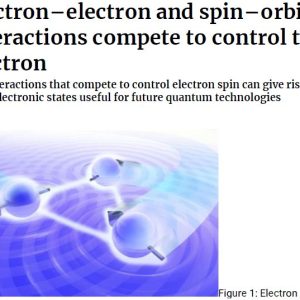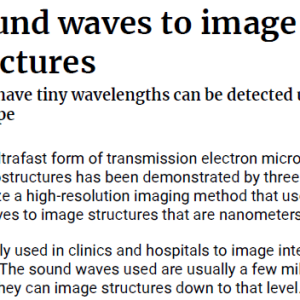
Fuel-Cladding Interaction Layers in Irradiated U-Zr and U-Pu-Zr Fuel Elements
₩4,000
Argonne National Laboratory is developing an electrometallurgical treatment for spent nuclear
fuels. The initial demonstration of this process is being conducted on U-Zr and U-Pu-Zr alloy
fuel elements irradiated in the Experimental Breeder Reactor-II (EBR-II). The
electrometallurgical treatment process extracts usable uranium from irradiated fuel elements and
places residual fission products, actinides, process Zr, and cladding hulls (small segments of
tubing) into two waste forms—a ceramic and a metal alloy. The metal waste form will contain
the cladding hulls, Zr, and noble metal fission products, and it will be disposed of in a geologic
repository. As a result, the expected composition of the waste form will need to be well
understood. This report deals with the condition of the cladding, which will make up a large
fraction of the metal waste form, after irradiation in EBR-II and before insertion into the
electrorefiner. Specifically, it looks at layers that can be found on the inner surface of the
cladding due to in-reactor interactions between the alloy fuel and the stainless steel cladding that
occurs after the fuel has swelled and contacted the cladding. Many detailed examinations of fuel
elements irradiated in EBR-II have been completed and are discussed in the context of
interaction layer formation in irradiated cladding. The composition and thickness of the
developed interaction layers are identified, along with the irradition conditions, cladding type,
and axial location on fuel elements where the thickest interaction layers can be expected to
develop. It has been found that the largest interaction zones are observed at combined high power
and high temperature regions of fuel elements and for fuel elements wiht U-Pu-Zr alloy fuel and
D9 stainless steel cladding. The most prevalent, non-cladding constituent observed in the
developed interaction layers are the lanthanide fission products





상품평
아직 상품평이 없습니다.